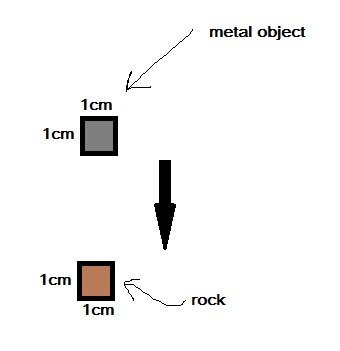- 2,072
- 240
I would like to speak about something which I have found to be fairly confusing. And by this I mean the chart presented here. The values presented such as 8 joules being needed to fragment a cubic centimeter of rock sound quite astoundingly low to be honest. I cant even crack or dent a rock of equivelant size with punches or by stamping on them. Other examples also include 90 joules being needed to pulverise iron which even TLT had doubts with
I am overall very doubtful of the chart presented and believe that it can effect calculations to quite a significant degree, a revision may be needed to be honest.
I am overall very doubtful of the chart presented and believe that it can effect calculations to quite a significant degree, a revision may be needed to be honest.
